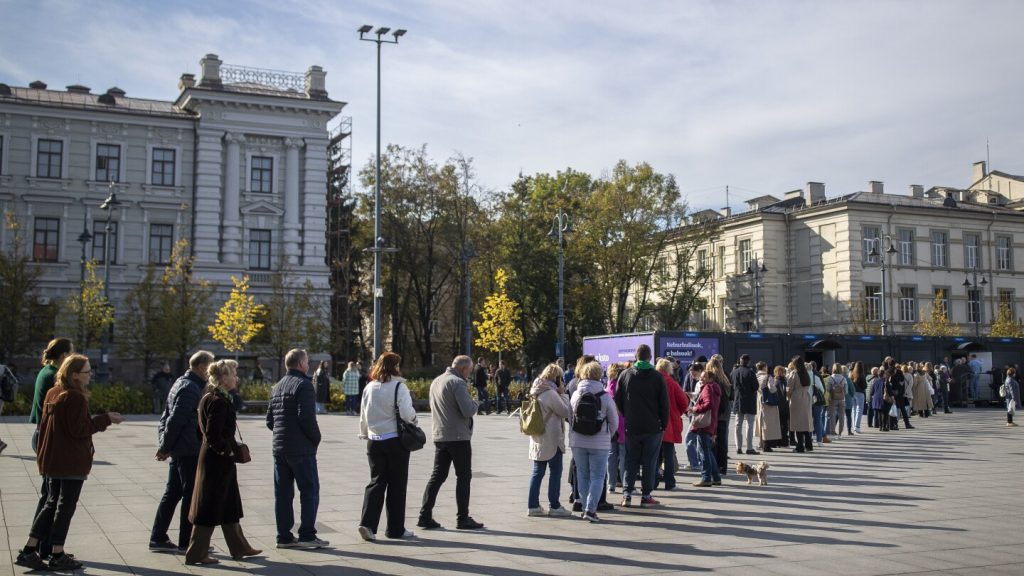Lithuania’s center-right coalition faces the possibility of being replaced by the opposition Social Democrats and smaller center-left parties in the upcoming elections. Despite economic successes, Prime Minister Ingrida Šimonytė’s government is under scrutiny due to strict COVID-19 measures and a migration influx from Belarus. While the country has seen significant personal income growth and low inflation rates, voters do not seem to be swayed by these factors, with many expressing disappointment and discontent towards the current leadership.
Criticism has been directed at Šimonytė for her handling of the pandemic, with concerns raised about the lack of assistance provided to businesses during lockdowns and insufficient access to healthcare services. The issue of migrants arriving from Belarus has also been a focal point, with Lithuania accusing Belarus and Russia of orchestrating the influx. A recent survey indicates that the Social Democratic Party is leading in popularity, with the Homeland Union trailing behind. This could potentially result in a coalition government involving multiple smaller parties representing the political center.
The upcoming elections mark a significant moment for Lithuania, with the possibility of a shift to the left in the political landscape. While this change may not drastically alter the country’s foreign policy, concerns surrounding Russia’s actions in Ukraine have heightened fears in the strategically important Baltic region. Despite criticism and decreasing popularity, Šimonytė’s ruling party had previously won a majority of seats in the European Parliament election. The outcome of the upcoming parliamentary elections could reshape the country’s leadership and direction in the coming years.
The role of President Gitanas Nauseda in shaping Lithuania’s foreign policy is highlighted, with analysts noting that changes in ministerial positions may not result in significant shifts. The president’s influence on foreign policy remains pivotal, regardless of the composition of the ruling coalition. The current government was formed in 2020 after Šimonytė led her Homeland Union to victory in the parliamentary election and established a coalition with two liberal parties. As voters head to the polls, the outcome will determine the composition of the 141-member parliament for the next four years, with the runoff scheduled for later in the month.
The ongoing election campaign has sparked debates and discussions among the electorate, with many considering alternative parties as viable options. The dissatisfaction with the current government’s handling of various crises has led to a desire for change among voters. While the economic prosperity of the country is acknowledged, it is not perceived as a decisive factor in determining the future leadership. The upcoming elections will serve as a make-or-break moment for Šimonytė’s government, with the potential for a new coalition to take over and steer Lithuania in a different direction. The results of the election will have far-reaching implications for the country’s political landscape and relations with neighboring nations.


